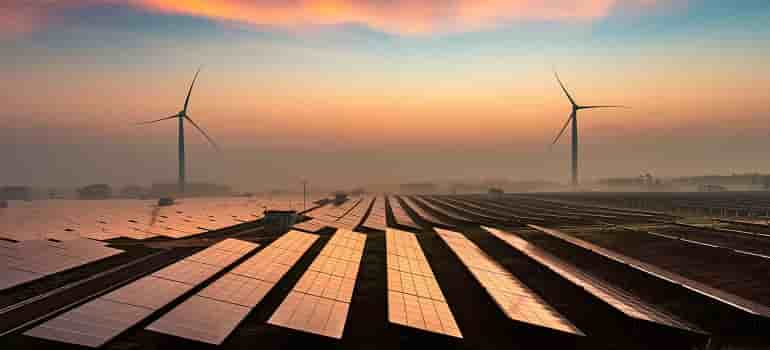
India and America will launch a new initiative for clean energy to fuel economic growth in the strategically-important Indo-Pacific region where China has been trying to expand its sphere of influence, the US State Department has said.
The US has been pushing for a broader role by India in the Indo-Pacific region in the backdrop of China’s rising military maneuvering in the region.
China has been trying to expand its military presence in the biogeographic region, comprising the Indian Ocean and the western and central Pacific Ocean, including the South China Sea.
Beijing claims almost all of the South China Sea. Vietnam, the Philippines, Malaysia, Brunei and Taiwan have counter claims over the sea.
Assistant Secretary of State for Energy Resources (ENR) Francis R Fannon is travelling to India from September 30 to October 6 to launch the Flexible Resources Initiative (FRI, “free”), under the US-India Clean Energy Finance Task Force, an official statement said on Tuesday.
“FRI will execute the United States and India’s shared vision for Indo-Pacific economic growth fuelled by clean energy,” the State Department said.
The FRI is also a component of the broader US-led Asia EDGE (Enhancing Development and Growth through Energy) Initiative, which is a whole-of-government effort to grow sustainable and secure energy markets throughout the Indo-Pacific, it said.
Fannon will co-lead efforts, along with the Federal Energy Regulatory Commission (FERC), as well as partners from US Department of Energy and the US Agency for International Development.
India’s Ministry of Power will host, along with the Indian Ministry of New and Renewable Energy, the Indian Central Electricity Regulatory Commission, and the Indian Petroleum and Natural Gas Regulatory Board, the statement said.
“Together they will strengthen India’s energy security by jointly working towards a national power system for India that is stable, reliable, and affordable,” the State Department said.
The FRI will signal new investment opportunities for a broad range of flexible resources in India such as natural gas and batteries, it will enhance commerce surrounding the adoption of flexible resources; and it will facilitate the regulatory and policy frameworks that value and compensate flexible resources.
The broader Asia EDGE initiative seeks to strengthen energy security, increase energy diversification and trade, and expand energy access across the region.
The Indo-Pacific is key in this effort because it accounts for 60 per cent of the total global increase in energy demand by 2040, according to the International Energy Agency (IEA).
As such, India represents enormous challenges and opportunities, requiring high-level partnerships across public and private sectors, it said.
India, the US and several other world powers have been talking about the need to ensure a free, open and thriving Indo-Pacific in the backdrop of China’s rising military maneuvering in the region.
India, the US, Australia and Japan have given shape to the long-pending Quadrilateral coalition to develop a new strategy to keep the critical sea routes in the Indo-Pacific free of Chinese influence.
In his address to Maldivian Parliament in June, Prime Minister Narendra Modi underscored India’s firm commitment to make the strategic Indo-Pacific an area for shared economic growth, saying it has been “our lifeline, and also the highway for trade and prosperity.”
“The Indo-Pacific area is our lifeline and also the highway for trade and prosperity. This is the key to our shared future in every sense,” he said during his first foreign visit since being elected to a second term in May.
Modi underlined that at the Shangri-La Dialogue forum in Singapore last June, he had stressed on working together “to create openness, integration and balance” in the Indo-Pacific region.
Source: PTI

